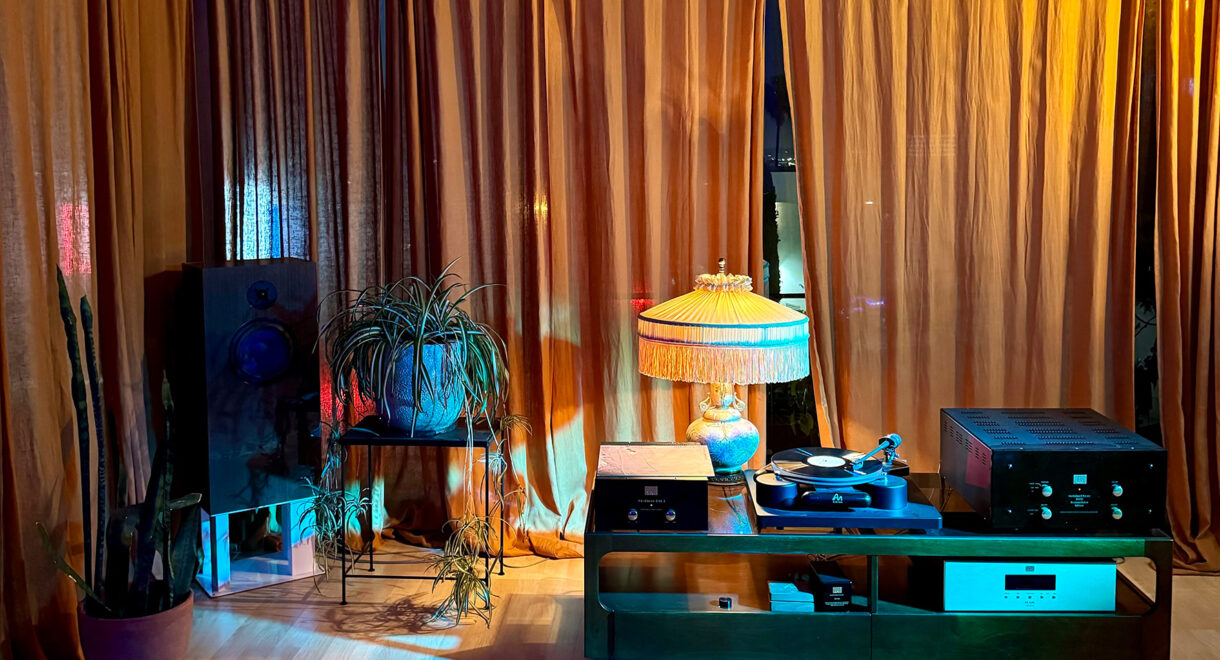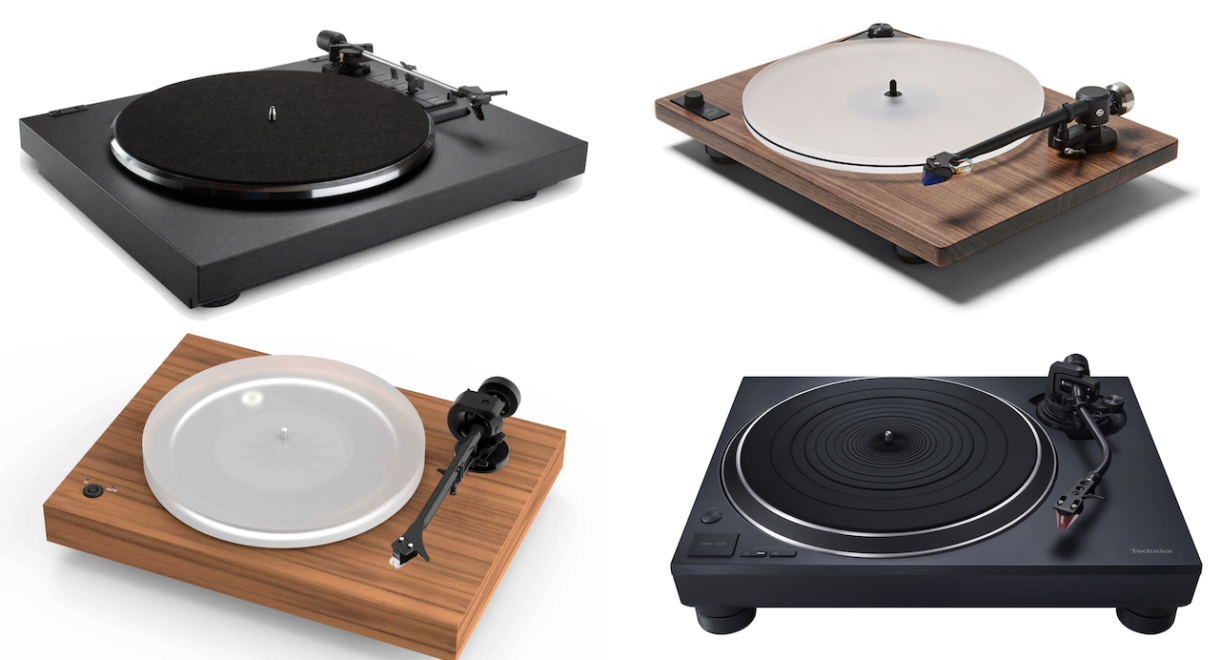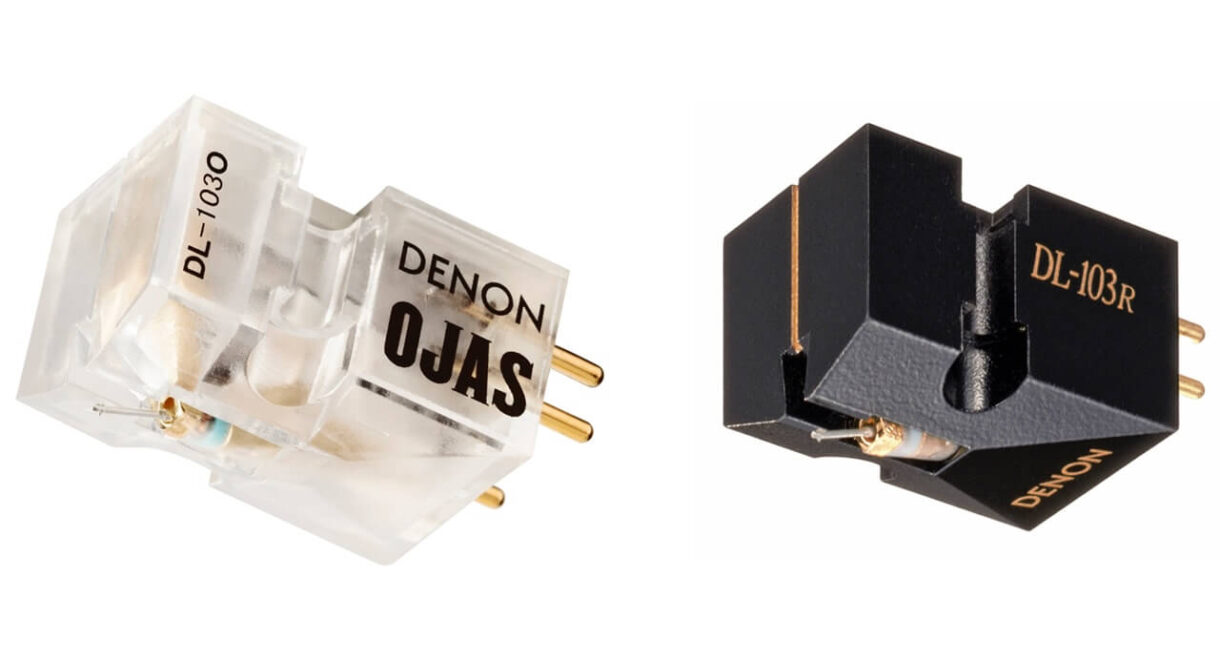Transparent clarity, deep bass, and “Invisible Sound” from German audio company ADS. Background: One of the lesser known hi-fi brands of the ’70s, ADS (Analog and Digital Systems) […]
Digging in the Mags: How cassette and tape culture was captured in classic ads and illustrations

Classic advertisements and illustrations from the cassette age.
When Lou Ottens, who invented the cassette tape, died in March, a host of stories celebrated the life of a man who upended the music business. Ottens’ device wasn’t the first to capture soundwaves onto magnetic tape, but his machine checked all the boxes for what the public wanted: portability, durability and recordability. It didn’t skip when you hit a bump, you could toss it in your backseat without scratching it and — most important — you could record your own music onto it.
Its creeping success starting in the 1960s moved into the mainstream in the early 1970s. Reel-to-reel tapes were already a key component in most respectable hi-fi systems at the time, and Ottens’ invention was basically a reel-to-reel — but miniaturized and encased in plastic. A similar format, the 8-track tape, was making inroads but its shortcomings were obvious. It was hard to record onto and longer songs were interrupted by loud clicks as the recording switched from one to length of looped tape to another.
Audiophile magazines and their illustrators embraced the audio cassette revolution. But, then, why wouldn’t they? Major manufacturers had tape decks to sell, and to do so they needed to market the nascent technology. Add in that blank tape manufacturers such as TDK, BASF and Maxell were also eager to tap the audiophile community, and an advertising boom commenced. That boom resulted in competition among various tape-driven components.
With tape culture continuing its decade-long renaissance, we figured we’d highlight a few ads and illustrations that drove the first wave of the format.

Few ads are as iconic as this one for Maxell tapes. “Some tapes show their age more than others. And when a tape ages prematurely, the music on it does too,” reads the text below this two-page spread. The problem? Poor oxide particle binding. Maxell found a solution: “Even after a Maxell recording is 500 plays old, you’ll swear it’s not a play over five.” That’s impressive, yes, but more impressive is that Maxells will blow you away like this guy in chair getting pushed by soundwaves.
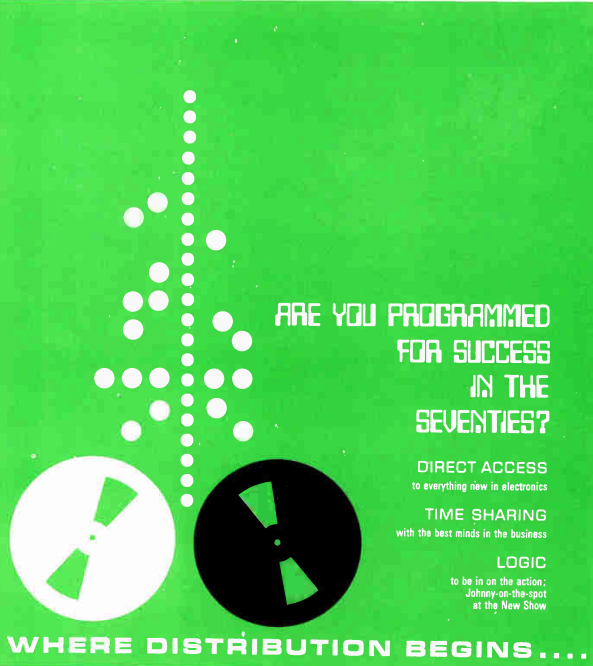
Two simple circles and eye-popping green ink make this ad for a 1970 National Electronics Week trade show in Chicago worthy of framing.
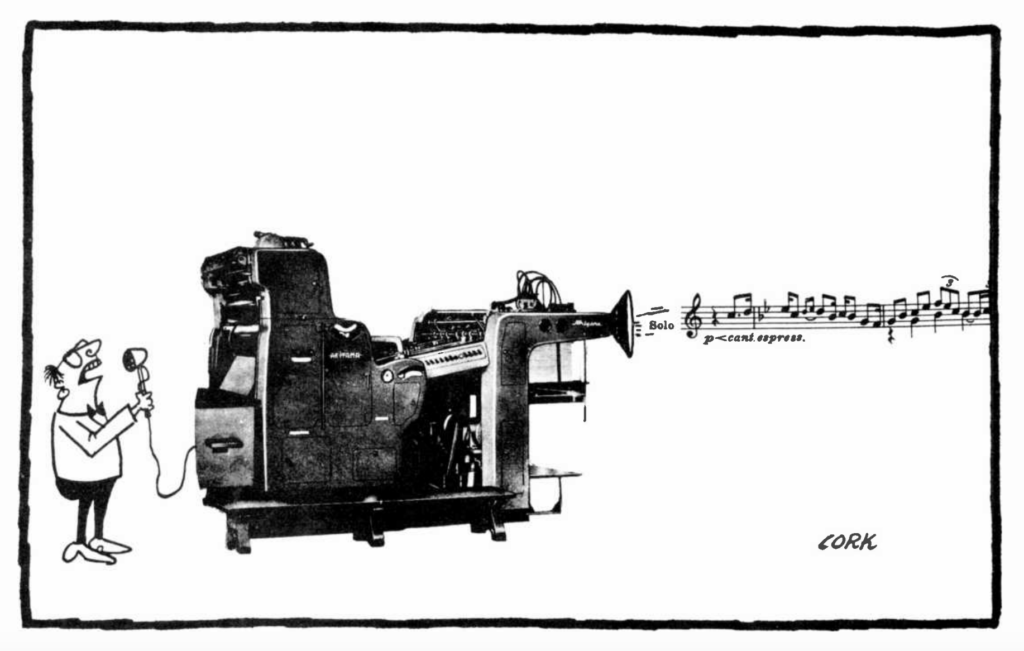
At first it’s tough to parse this illustration by the impossible-to-research artist named Cork. Published in the 1970 issue of Tape Recorder magazine, your perception shifts once you realize the machine is an upside-down phono cartridge, and the guy is meant to be projecting music onto tape.
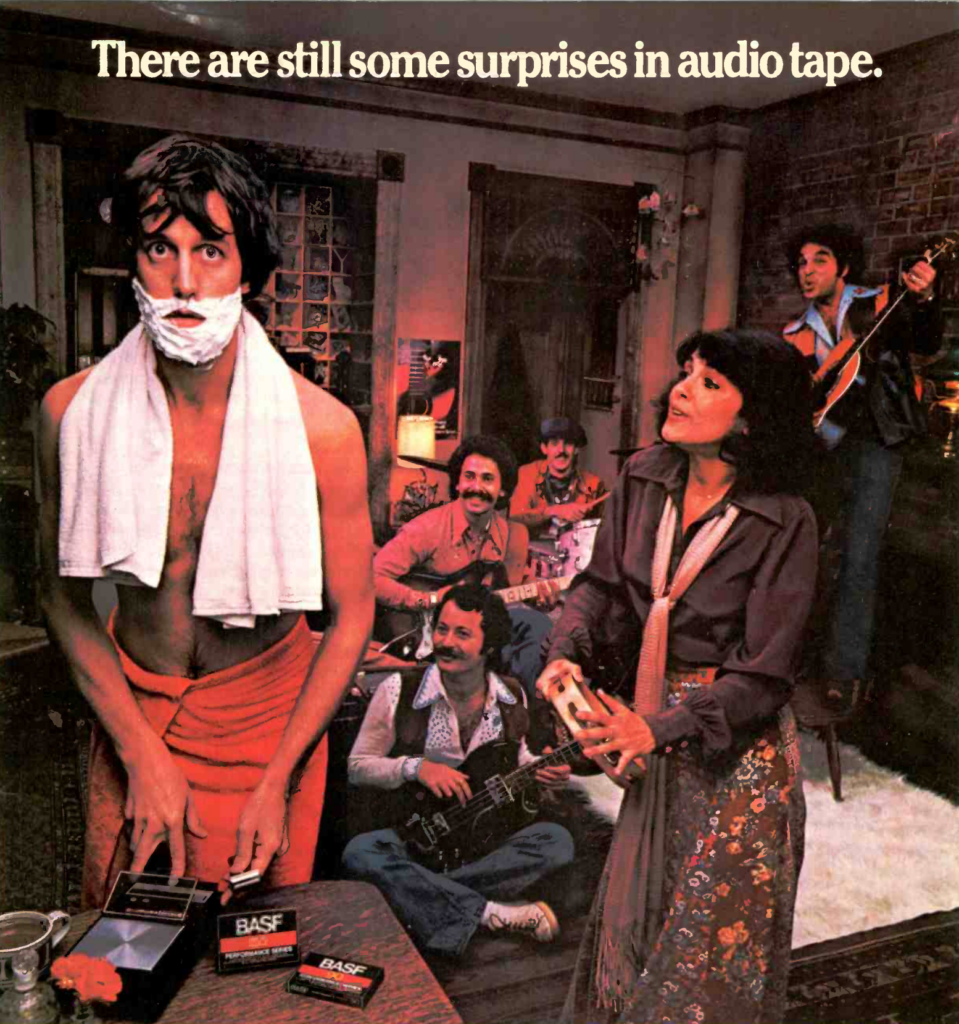
A sound so real you’d swear there was a five-piece band in your mid-1970s bedroom every time you pop a BASF into your dinky player.
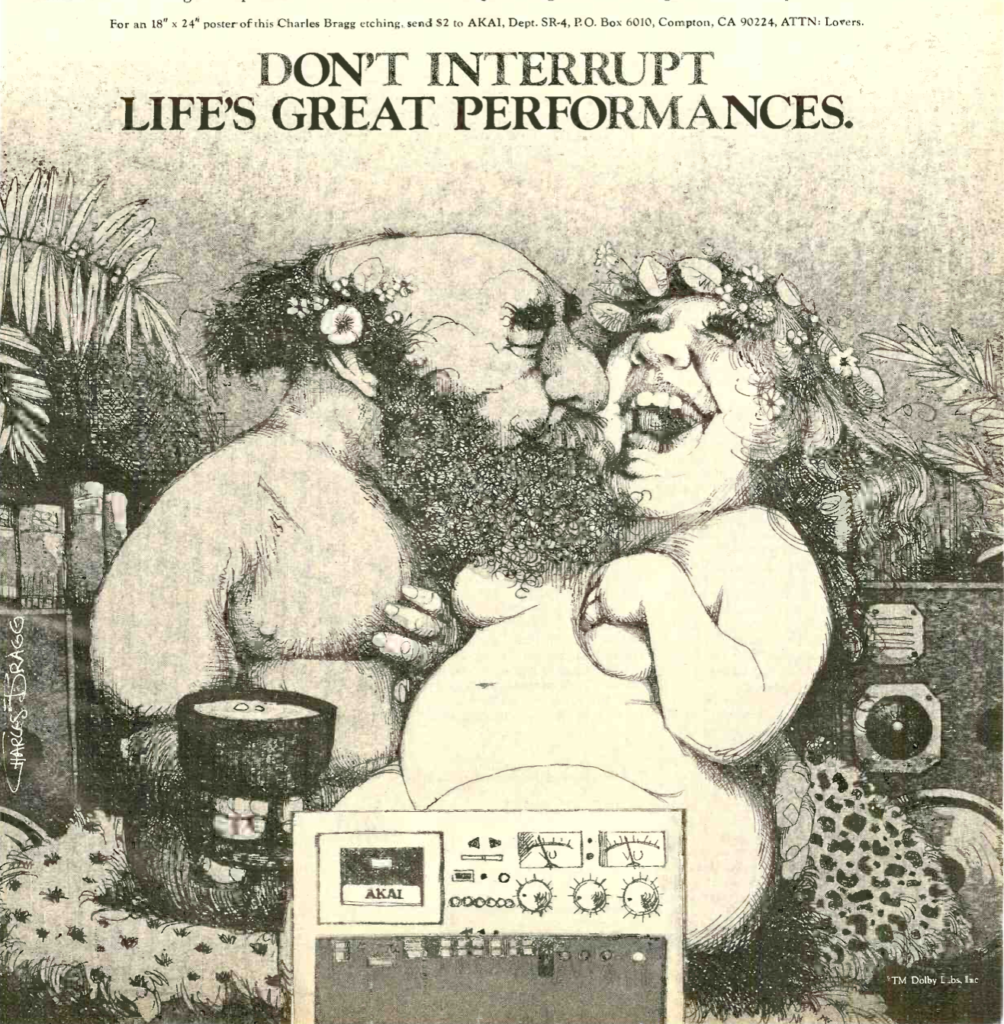
The implication of this ad is obvious: Why interrupt a make-out session to flip your Dan Fogelberg album 20 minutes in when an Akai cassette deck can play tapes that last 45 minutes per side? Enjoy your sex for at least 25 more minutes, basically — and even more if you’ve got autoplay. The Japanese company Akai was a leader in tape deck components, and a few of their models from the 1970s remain in demand.
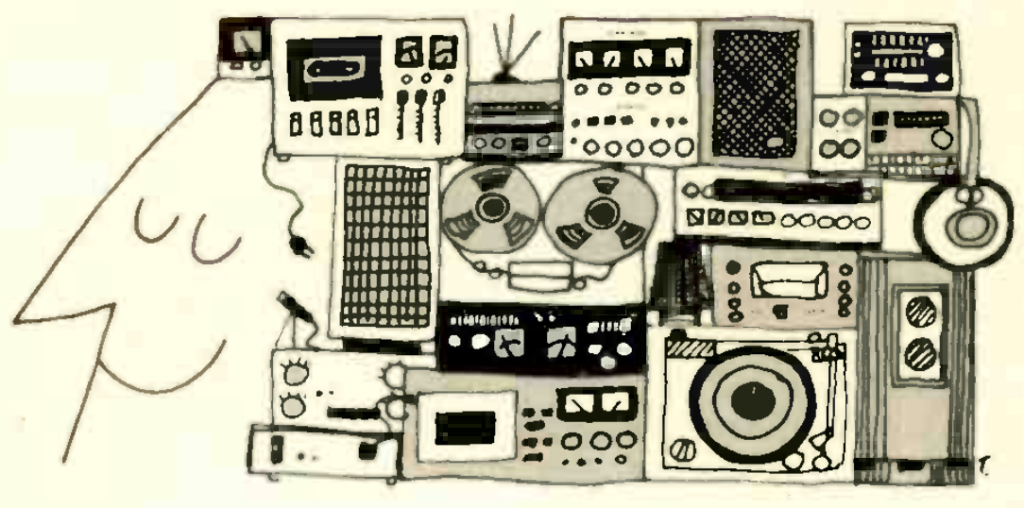
This illustration from a 1971 stereo buyers guide captures that moment when cassette decks, reel-to-reel players and 8-track tapes were all vying for a spot in your component chain.
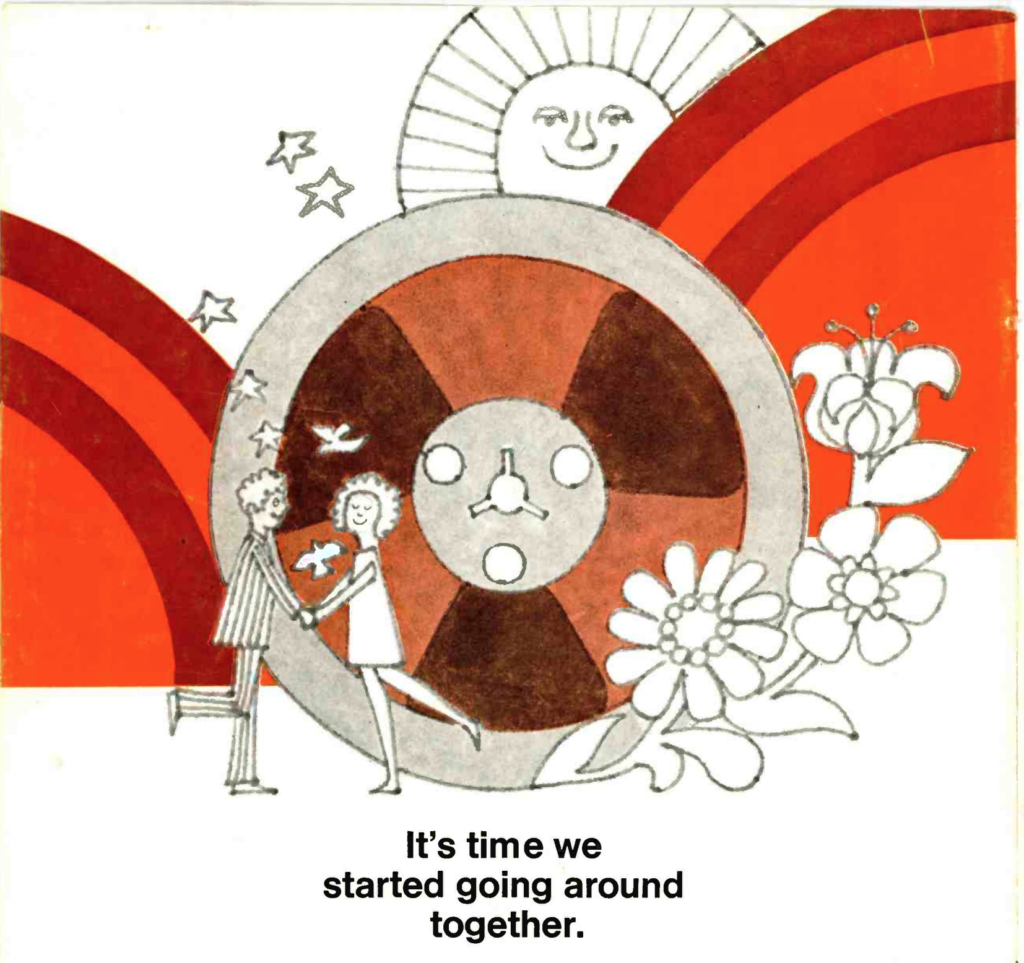
This 1971 ad for BASF tape is simple and effective: flowers, first love, birds, stars, sunshine, two-toned rainbows and … tape.
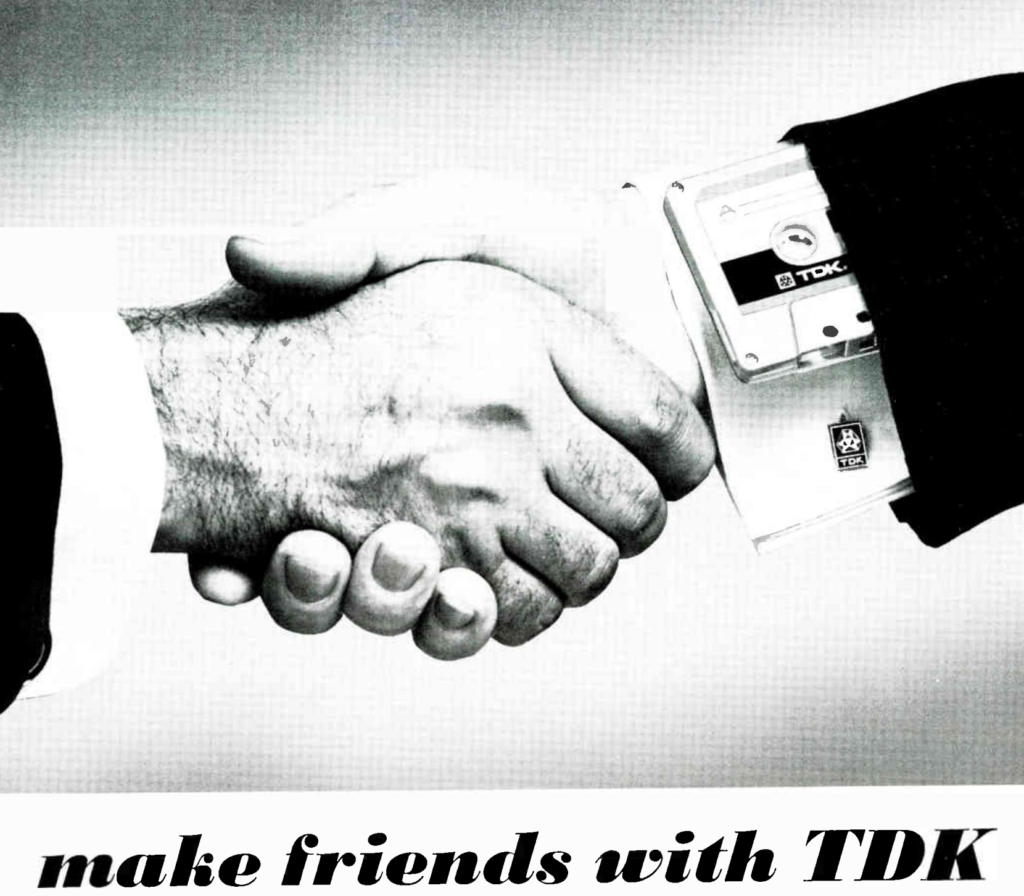
A classic and professional advertisement for TDK, which competed with Maxell for market dominance throughout the cassette era. Note: This was published during the Watergate era, when the discussion of taping systems in Richard Nixon’s White House was part of the national dialogue.






